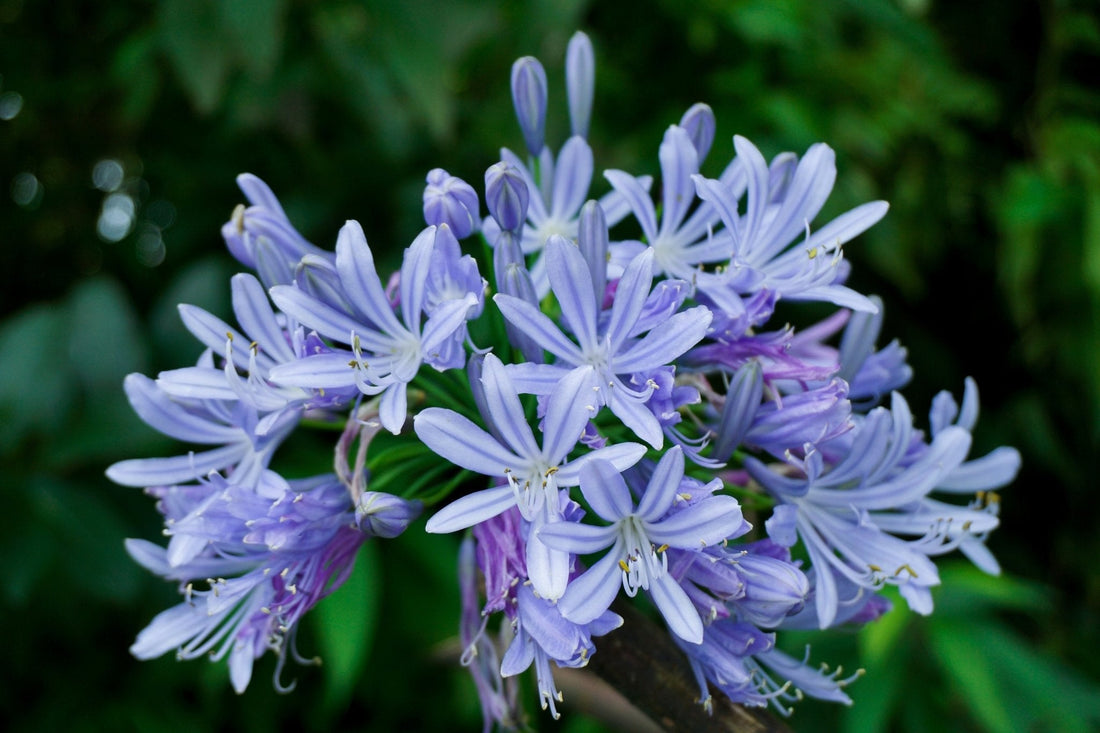
September Garden Jobs: Autumn Planting, Lawn Care and Harvesting Advice
Share
By Alicia Paaso - Gardenscape Sales Team/RHS Level 3 Horticulturalist

September marks the transition from late summer to autumn. The new season brings shorter days accompanied by crisp air. The trees’ foliage is shifting into warm tones, and the leaves have begun to scatter the lawn. This is the month of getting back into routines after the summer, with gardening naturally taking on a calmer pace. It’s the perfect time for garden maintenance jobs, lawn care, and preparing for the months ahead.
There are plenty of fruits and vegetables to harvest this month, perfect for all your comforting autumn meals. Apples, pears, and autumn raspberries are ready to pick, perfect for baking. Beans, lettuce and pumpkins will also be ready to harvest throughout September. And don’t forget to lift any maincrop potatoes left to harvest, before slugs get to them. It is the last chance for tomatoes to ripen, so remove any leaves shading the fruit so they can get as much sunlight as possible!
|
With harvesting sorted, it is the perfect time to divide summer-flowering herbaceous perennials such as salvias, agapanthus, achilleas, and hostas. Plants with fibrous roots can be divided by gently pulling even sections of main stems by hand, whilst plants with thicker roots can be divided with a garden shovel or sharp knife. You can plant these in pots or empty spaces in your borders. These will die back for winter but will return next year to fill your borders beautifully. |
 |
 |
September also marks the start of spring bulb planting. Crocuses, snowdrops and daffodils can all be planted now. For best results, plant your bulbs as soon as you can after buying them. If you are storing them for a longer period, keep them in a cool and dry space to prevent mould. |
|
During the colder months, you will need the space in your cold frames and greenhouse to protect tender plants from frost. Now is a good time to clear them out to save you from rushing later. Wildlife needs support during the colder seasons. Clean bird feeders and baths now so they are ready when food sources become limited. You can support pollinators by planting sedums and salvias, which will provide much-needed nectar into October. |
 |
September is the start of lawn renovation season, with ideal conditions for grass seeding and laying turf. Top dressing your lawn improves drainage, which will be beneficial during the coming wetter months. Grass growth slows down, so requires less frequent mowing. Increase the cut height to about 4 cm, as this will protect the grass from the last of the summer heat. Strong and healthy grass roots are the key to a healthy lawn during the colder months. To achieve this, feed your lawn with an autumn lawn fertiliser to strengthen the roots. Don’t forget to regularly rake up any fallen leaves, adding them to your compost bin or garden waste bag.
Clay soils have the benefit of being very fertile when properly maintained, but can easily become waterlogged during the rainy months. You can improve drainage by adding plenty of bulky organic matter, such as manure. This will help to break up the clay particles, allowing for better drainage and structure whilst also increasing the soil’s fertility. Our manure and grit mix is great for clay soils, with the added grit improving drainage even further.
Enjoy your September gardening!
